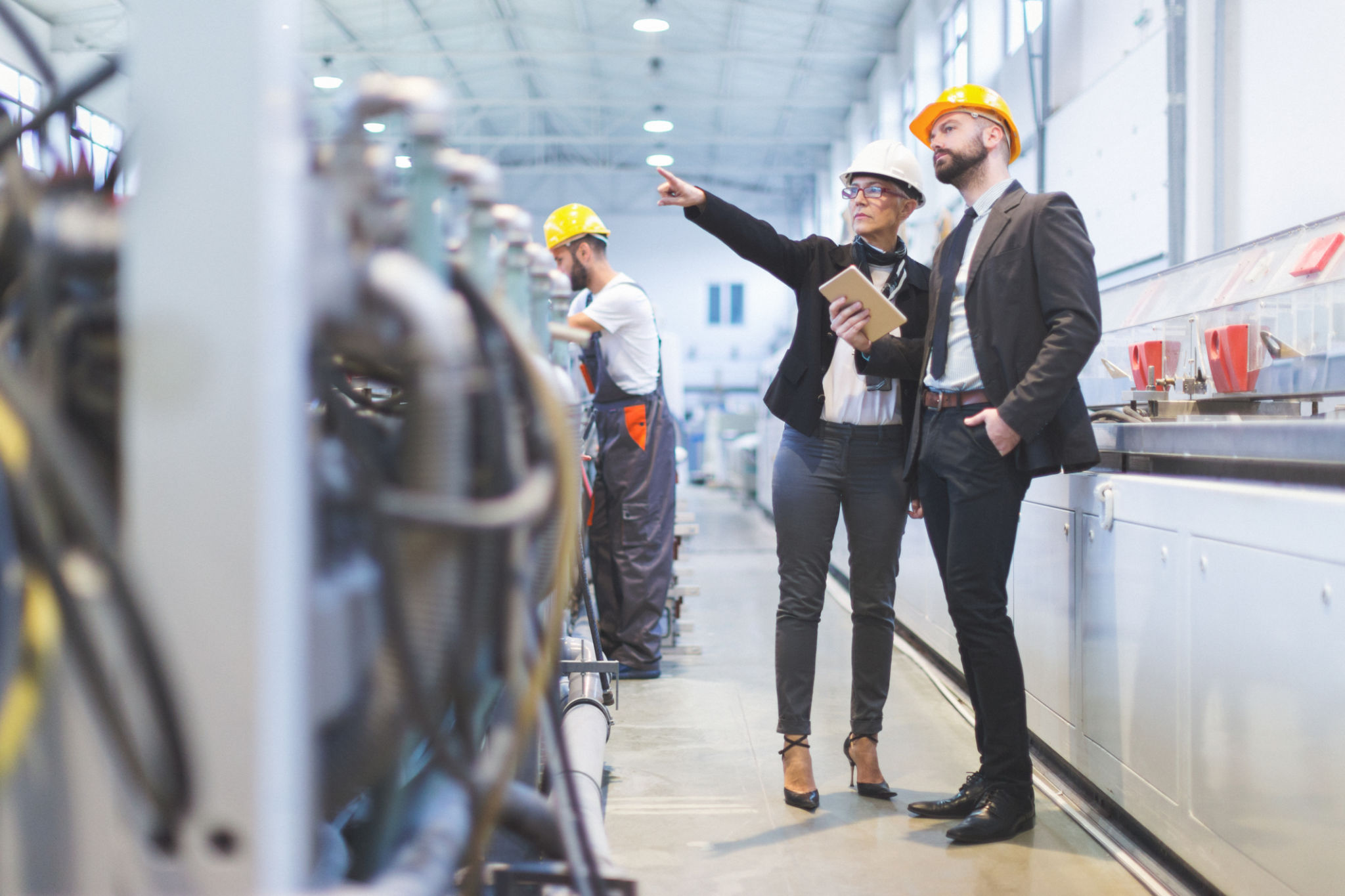How to Maintain Your Medical Aesthetic Equipment for Optimal Performance
pe
Understanding the Importance of Regular Maintenance
In the world of medical aesthetics, equipment performance is crucial to delivering top-notch services. Regular maintenance ensures that your devices are functioning at their best, thereby enhancing the quality of treatments and ensuring client satisfaction. Moreover, well-maintained equipment can significantly extend its lifespan, saving you from frequent replacements and costly repairs.

Skipping out on routine maintenance can lead to unexpected breakdowns, which could disrupt your service schedule and damage your clinic’s reputation. By implementing a maintenance schedule, you can avoid these pitfalls and continue to provide reliable services to your clients.
Daily Care and Cleaning
Daily care is the first step in maintaining your medical aesthetic equipment. After each use, it’s important to clean your devices thoroughly. Use the recommended cleaning solutions and materials to avoid damaging sensitive components. This simple practice not only keeps your equipment hygienic but also helps detect any early signs of wear or damage.
Ensure that all staff members are trained in proper cleaning techniques. Consistency is key, so establish a standard operating procedure for cleaning each piece of equipment. This attention to detail will ensure that your devices remain in excellent condition for each client session.
Regular Inspections and Calibration
Beyond daily cleaning, regular inspections are vital. At least once a month, conduct a thorough check of all equipment to identify any potential issues. Look for signs of wear, loose connections, or unusual noises that could indicate a problem.

Calibration is another crucial aspect of maintenance. Make sure all devices are calibrated according to the manufacturer’s specifications. Improper calibration can lead to suboptimal results and even damage the equipment. Keeping a checklist can help track when each piece of equipment was last inspected and calibrated.
Partnering with Professionals
While daily maintenance can be handled in-house, it’s wise to partner with professionals for more complex maintenance tasks. Engage with certified technicians who specialize in your specific type of equipment. They have the expertise to perform detailed inspections, repairs, and replacements as needed.
Regular professional servicing not only ensures optimal performance but also validates warranties and service agreements. Establish a schedule for professional maintenance and adhere strictly to it.

Keeping Up with Manufacturer Guidelines
Every piece of medical aesthetic equipment comes with a manufacturer’s guideline that details how it should be maintained. It’s crucial to follow these guidelines meticulously to ensure compliance and maintain the effectiveness of your devices.
Manufacturers often offer training sessions and updates on equipment maintenance. Participating in these sessions can provide invaluable insights and tips on best practices, keeping your team informed and skilled in handling the equipment.
Documenting Maintenance Activities
Maintaining a detailed log of all maintenance activities is essential for accountability and tracking the performance history of your equipment. Record every cleaning, inspection, calibration, and repair performed on each device. This documentation can prove invaluable when troubleshooting issues or making warranty claims.
Use digital tools or software designed for equipment management to streamline this process. These tools can offer reminders for scheduled maintenance tasks, ensuring nothing is overlooked.
Ensuring Staff Training and Compliance
Your staff plays an integral role in maintaining your medical aesthetic equipment. Ensure comprehensive training programs are in place so that every team member understands how to operate and maintain each device properly. Regular refresher courses can help reinforce good habits and update staff on new procedures or equipment upgrades.

Encourage open communication within the team about any concerns or issues they notice with the equipment. A proactive approach to maintenance will help catch potential problems before they escalate.
Conclusion
Maintaining your medical aesthetic equipment is an ongoing commitment that pays off in reliability, client satisfaction, and cost savings. By incorporating a structured maintenance routine that includes daily care, regular inspections, professional servicing, and comprehensive staff training, you ensure that your clinic continues to operate smoothly and efficiently.
Remember, the success of your practice relies heavily on the performance of your equipment; investing time in its upkeep is investing in the future of your business.